MOMENTUM AiR
Varvara Shavrova
3 April – 4 June 2021
ARTIST BIO
Varvara Shavrova is a visual artist born in the USSR who lives and works in London and Dublin. Shavrova studied at the Moscow State University of Printing Arts, and received her Masters in Fine Arts from Goldsmiths, University of London. Shavrova’s recent project Inna’s Dream reinterprets the first Soviet amphibious aeroplane designed by her great uncle in 1930s Russia, and includes tufted carpet objects and site‑specific drawings, shown at Patrick Heide Contemporary Art, London (2019). The Mapping Fates multi‑media installation reflects on Shavrova’s family history of migration, and includes tapestries and sound, shown in Lenin’s apartment in St. Petersburg (2017). Shavrova’s project The Opera portrays the gender fluidity in traditional Peking opera. It received international acclaim and included photography, sound and video projections, and was shown at The Temple Beijing (2016), MOMENTUM Berlin (2016), the Gallery of Photography Ireland (2014), the Venice Biennale of Architecture (2014), and at Espacio Cultural El Tanque in Santa Cruz de Tenerife (2011). Shavrova’s multi‑media project Borders (2007 – 2015) examines the geo‑political tensions between Russia and China and was shown at the Moscow Museum of Modern Art, at the Museum of the History of St. Petersburg in Rumiantsevski Palace, and at the Galway Arts Festival in Ireland.
Shavrova has been a Visiting Lecturer at the Central Academy of Fine Arts and Tsinghua University in Beijing, at The University of Surrey and at the Leeds University in the UK, and at the Virginia Commonwealth University in Doha, Qatar. She has been awarded as Artist‑in‑Residence in the Irish prisons, where she led a socially engaged project resulting in a large‑scale textile‑based artwork created by the prisoners, supported by the Artists in Prisons grant from the Arts Council Ireland. Shavrova received multiple Awards from Arts Council England, Arts Council Ireland, Culture Ireland, British Council, and Ballinglen Arts Foundation. Shavrova curated international visual arts projects, including The Sea is the Limit exhibition at York Art Gallery (2018) and at Virginia Commonwealth University Arts Qatar Gallery in Doha (2019), examining migration, borders and refugee crisis, and presenting the project at Tate Modern ‘Who Are We?’ public event to mark Refugee Week 2018, in collaboration with Counterpoint Arts and Tate Exchange. Shavrova co‑curated Map Games: Dynamics of Change, international art and architecture project, at Today Art Museum Beijing, Birmingham Museums and Art Gallery, CAOS Centre for Contemporary Arts, Terni, Italy (2008 – 2010). Shavrova’s works are included in the collections of the Moscow Museum of Modern Art, the Museum of the History of St. Petersburg, the Office of Public Works Ireland, the Department of Foreign Affairs and Trade Ireland, the MOMENTUM Collection Berlin, the Ballinglen Museum of Contemporary Art Ireland, and Minsheng Art Museum Beijing.
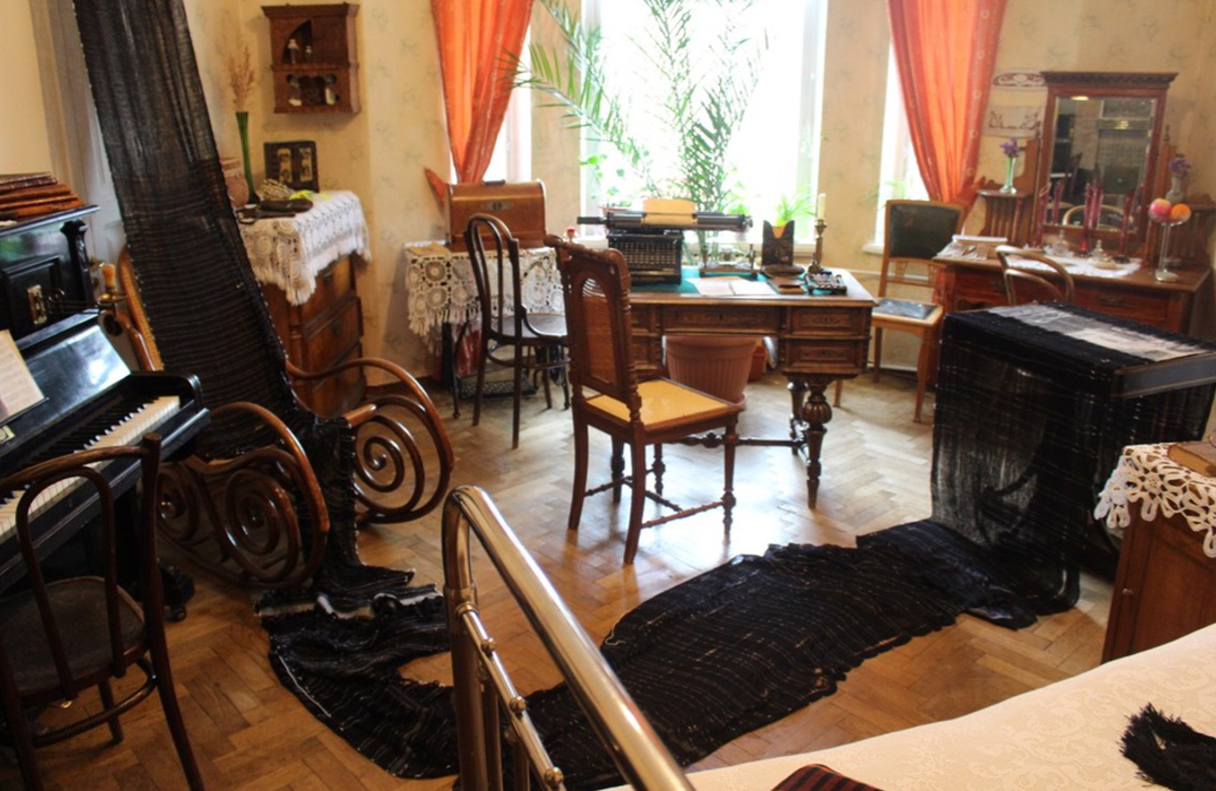
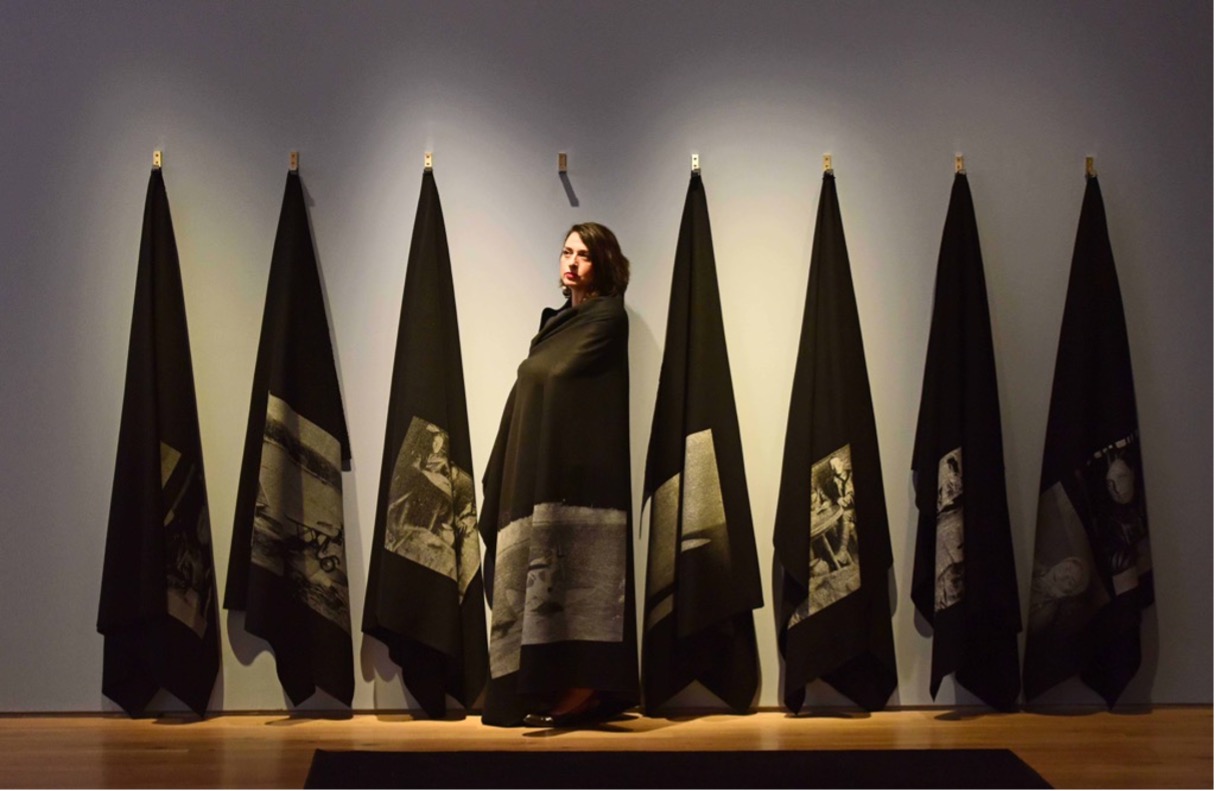
ARTIST RESIDENCY PROJECT
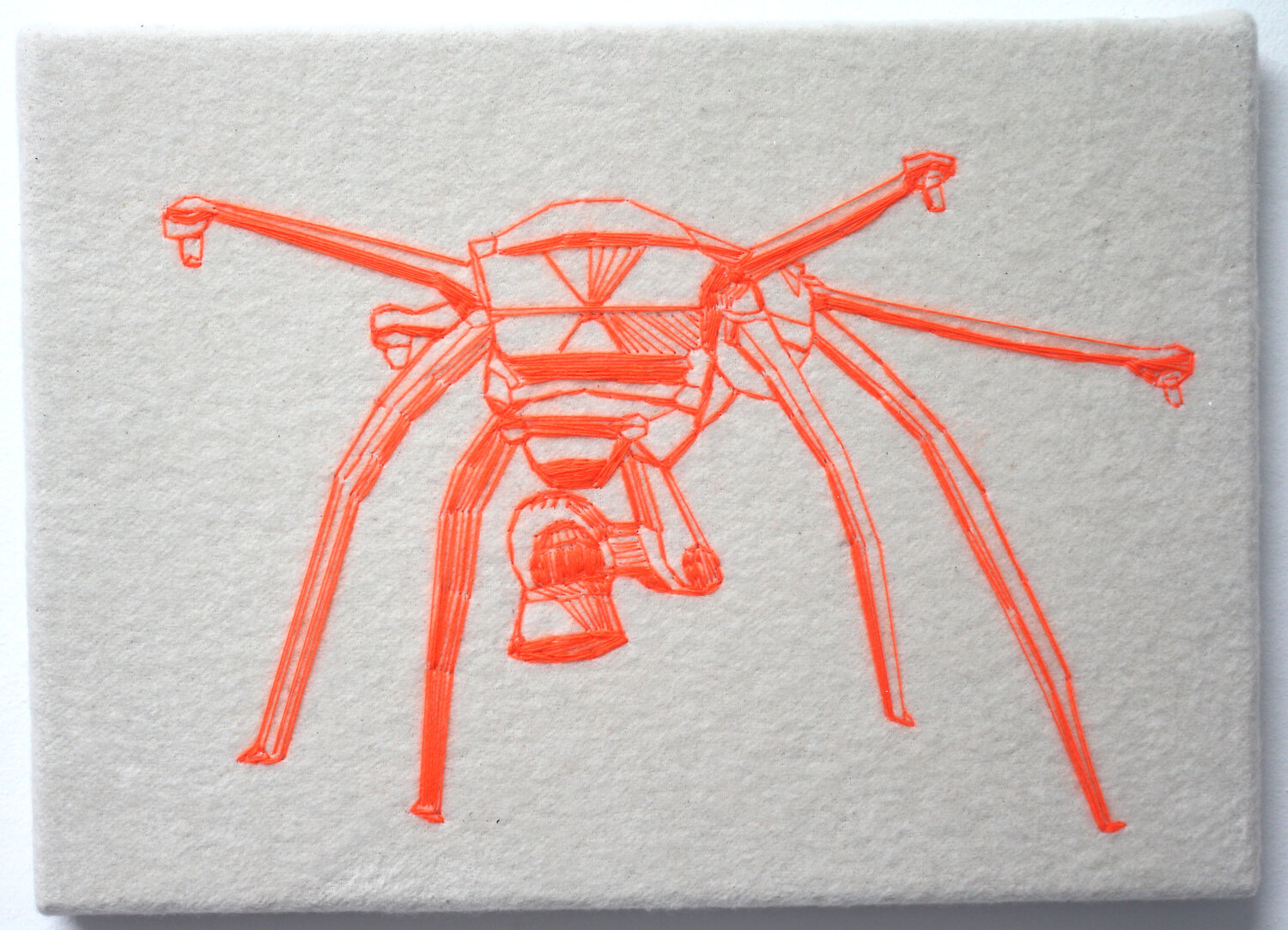
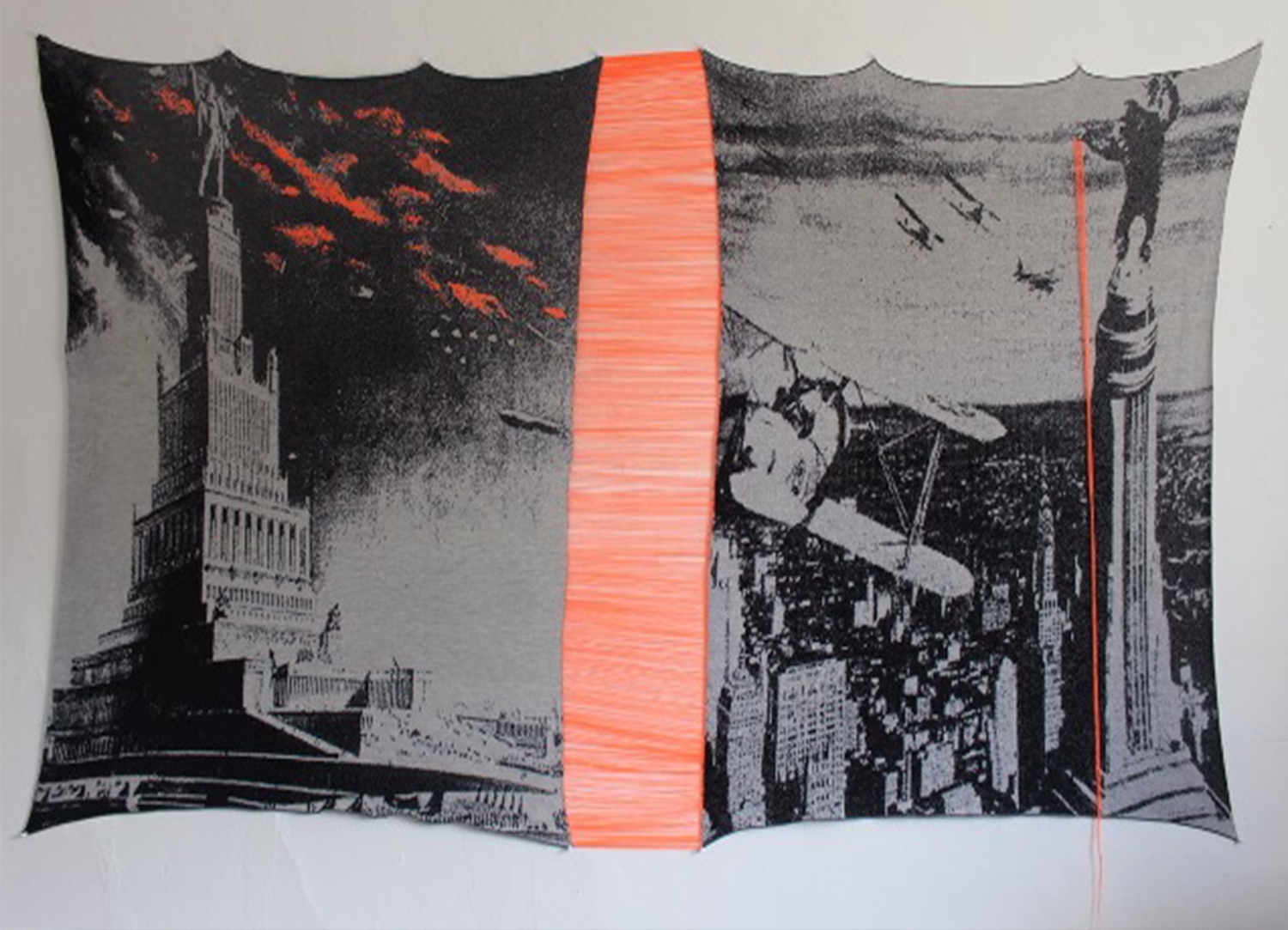
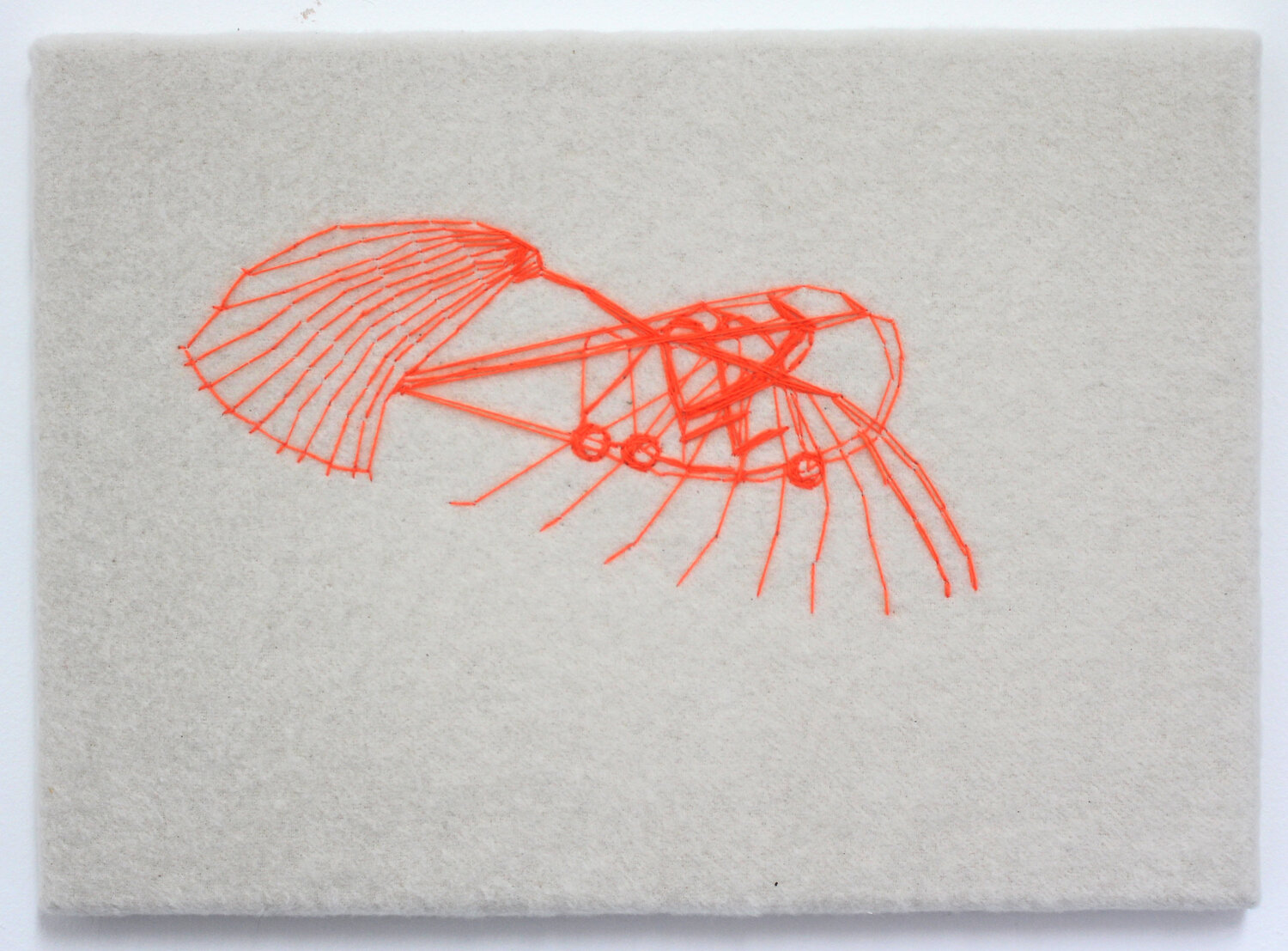
ARTIST STATEMENT
My practice is focused on excavating the layers of history through the process of remembering, recalling, retracing and re-enacting stories. In engaging memory, nostalgia and reflection, I create installations that make connections between historic and current narratives, between the archival and the present. In my current work, I examine the symbols of power and authority whilst investigating their relationship to the individual. The process of empathy is the means of materializing the past into the present. The materiality of my installations is a comment on women’s labour, and include objects made of paper, thread, yarn and fabric, with methodologies of drawing, weaving, embroidery and knitting often combined with digital technologies and the moving image. Thematically, my work often investigates ‘borders’ in physical, geopolitical and gendered terms.
In my new and ongoing Threads of Surveillance. Soft Drones Series (2020-2021), I examine the tools of surveillance, question the notion of privacy and address the meaning of civil liberties in the context of a pandemic. By the end of March 2020, nearly 3 billion people, or every 5th person on this planet, found themselves under total or partial lockdown. Quarantine enforcement, contact tracing, flow modelling and social graph-making are some of the data tools that are being used to tackle the covid-19 pandemic. In the various states of emergency that different countries around the world are experiencing today, mass surveillance is becoming normalised. As citizens, we are asked to sacrifice our right to privacy and to give up civil liberties in order to defeat the pandemic. What happens once the state of emergency is over?
Hovering on the intersection of historic appropriation and contemporary reflection, I develop ideas around tangible and intangible flying objects that conjure up various elements of surveillance mechanisms. The hand-embroidered drawings of drones are sewn directly onto soft fabric used as interlining for drapery and curtains, thus evoking the sense of domesticity and comfort. That comforting sense of security and domesticity is in stark contrast with the objects that I am depicting, thus reflecting on the notion of surveillance that interferes with the very basics of our daily existence.
The process of making a drawing using thread refers to surveillance methodologies set up as domestic traps. The associations that I am developing are those of insects being trapped in webs, like a fly trapped in a spider’s web, or images of aeroplanes following flight charts, or surveillance and spy maps used by pilots. The threaded and embroidered drawings will be further developed into sculptural objects that will eventually inhabit the space around them, creating spiders web-like traps, with objects suspended, pulled and stretched within their physical environments, that will trick and lure the viewer inside them.
– Varvara Shavrova
In Development:
Shavrova’s practice is focused on excavating the layers of her family’s history in the former Soviet Union, through the process of remembering, recalling, retracing and re-enacting stories. By engaging memory, nostalgia and reflection, Shavrova creates installations that make connections between historic and current narratives, between the archival and the present. In her work, Shavrova examines the symbols of power and authority whilst investigating their relationship to the individual. The process of empathy is the means of materializing the past into the present. Shavrova’s work is political and responds to the events that have influenced the course of history. Her socially engaged installations often comment on women’s labour, with methodologies of drawing, constructed textiles and digital imaging.
Varvara Shavrova’s proposed new socially engaged project, InFlight, endeavours to reflect on the historic and the archival renderings of flight in the context of current migration and refugee crises. The core of the project engages women from refugee and migrant communities in Berlin, and will be developed during Shavrova’s Artist Residency at MOMENTUM. The project follows on from Shavrova’s investigations into the trajectory of flight, connecting the archival and the historic elements of aerospace and flight with the complex reality of today’s refugee and migrant crises. Approaching the InFlight project almost as an anthropologist, Shavrova proposes to address the duality of meanings of the word ‘flight’ through the symbolism of a parachute, to examine the social fabric at the time of global emergency, and to investigate, through the prism of felt experience and individual’s stories and recollections, the multiple and ongoing emergencies that necessitate flight. Addressing borders, migration and statelessness, Shavrova is interested in investigating the geo-political and socio-economic background against which the current refugee and migrant crisis is unfolding, underpinning the human condition that signifies the states of emergency and flight.
THANKS TO:



 Back to Index
Back to Index